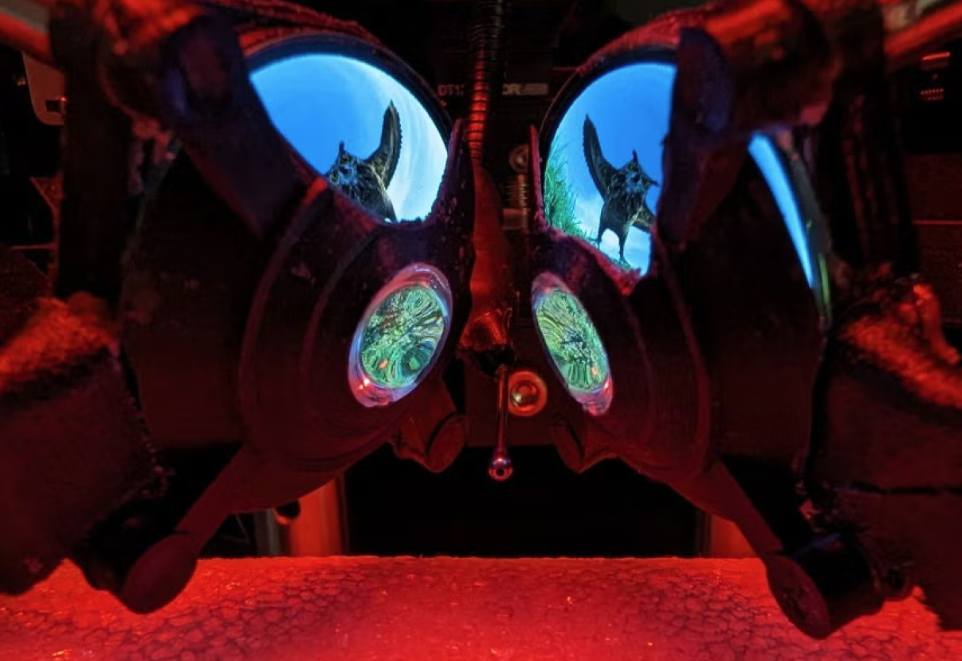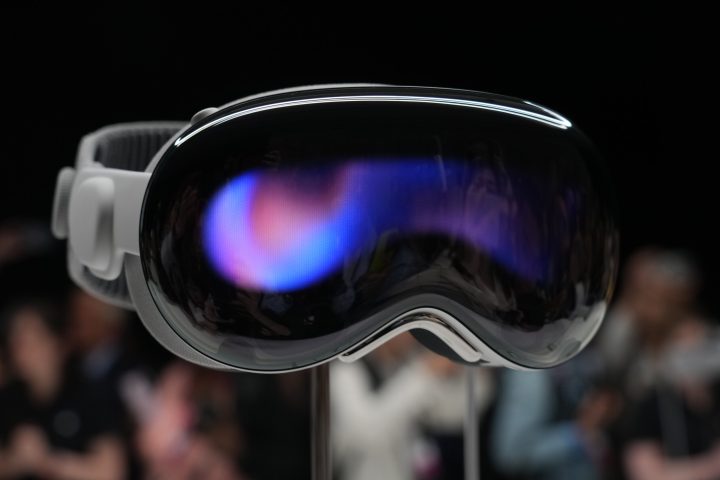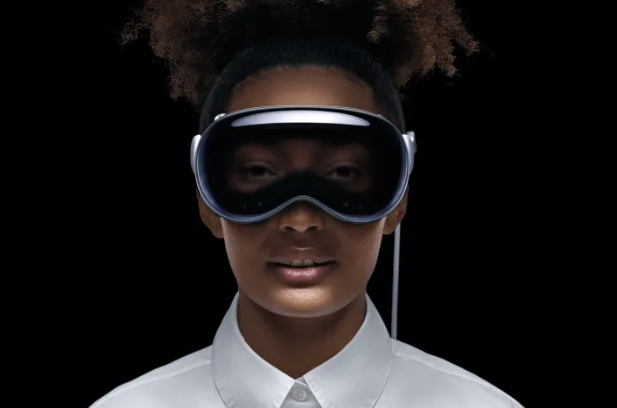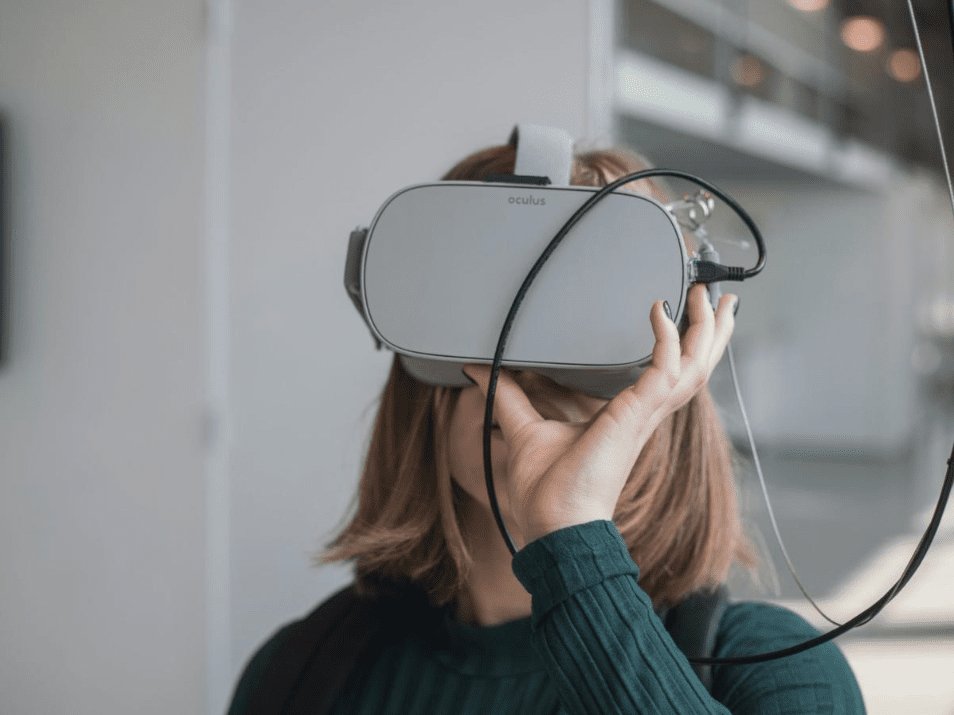Scientists have developed a tiny virtual reality goggle to better understand how the brains of mice work.
Using specially designed lenses and miniature displays, a team from Northwestern University in the US has produced a tiny virtual reality goggle called the Miniature Rodent Stereo Illumination VR (iMRSIV).
Virtual reality goggles were able to accurately simulate airborne threats, such as birds, to assess how the brain reacts in the face of a life-or-death scenario.
It’s not the first time virtual reality systems have been used to study mice, but researchers claim the new headset overcomes many of the problems associated with today’s state-of-the-art goggles.
“Until now, labs have used large computer or projection screens to surround an animal,” said Daniel Dombeck, a professor of neurobiology at Northwestern University who led the research. “For humans, it’s like watching TV in the living room; you keep seeing the couch and the walls, and there are cues around you that tell you you’re not in the scene,” said Daniel Dombeck, a professor of neurobiology at Northwestern University who led the study.
Now imagine wearing virtual reality goggles like the Oculus Rift that cover your entire vision. You see nothing but the projected scene and a different scene is projected onto each eye to create depth perception. This was missing for mice.
The research involved placing the virtual reality goggles directly in front of the mouse’s face while holding the goggles steady on a treadmill, rather than attaching them to the mice’s heads.
This allowed the researchers to closely examine the neural circuits of the mouse as it exhibited various behaviors while navigating the virtual environment.
“In fact, virtual reality replicates real environments. We have been very successful with this virtual reality system, but it is possible that the animals are not as immersed as they would be in a real environment.”
It takes a lot of training to get the mice to only pay attention to the screens and ignore the lab around them.
The scientists now hope to make this technology available to other laboratories for further studies, such as simulating situations where the mouse is the predator and not the prey.
The research is detailed in a study titled “Full field-of-view virtual reality goggles for mice” published this month in the scientific journal Neuron.
taken as a summary https://www.independent.co.uk/tech





